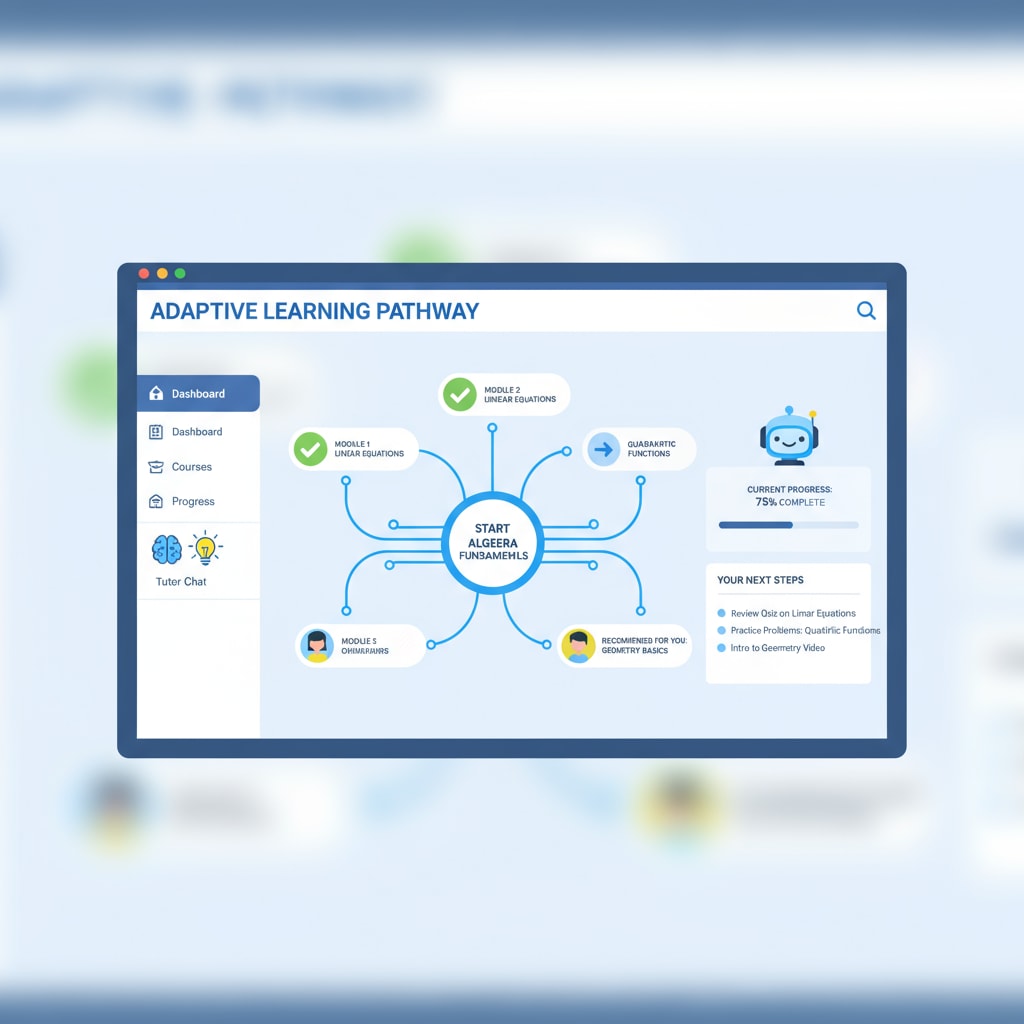Artificial intelligence, education, and learning tools are at the forefront of educational discussions today. The advent of AI has brought about a wave of changes in the K12 educational landscape. As these powerful tools become more accessible, it’s crucial to determine their proper place and usage boundaries.

The Promise of AI in K12 Education
AI offers numerous benefits in K12 education. For example, it can provide personalized learning experiences. Adaptive learning platforms powered by AI can analyze students’ learning patterns, strengths, and weaknesses. Based on this analysis, they can tailor the curriculum to each student’s needs. This means that a struggling student can receive extra support in areas where they are lacking, while advanced students can be challenged with more complex tasks. Additionally, AI can assist teachers in grading assignments and providing feedback more efficiently. By automating some of these administrative tasks, teachers can have more time to focus on individualized instruction. According to this article on TeachThought, AI has the potential to revolutionize the way we teach and learn.

The Concerns Surrounding AI in K12
However, there are also valid concerns. One major worry is the potential for students to become overly reliant on AI. If students start using AI to complete assignments without truly understanding the material, they may miss out on crucial learning opportunities. For instance, using an AI writing tool to generate essays instead of developing their own writing skills. Another concern is the issue of equity. Not all students may have equal access to AI tools due to differences in socioeconomic status. This could widen the educational gap between students from different backgrounds. As stated on EdSurge, ensuring fairness in the use of AI in education is a significant challenge.
Finding the right balance between leveraging AI as a valuable learning tool and safeguarding students’ fundamental learning capabilities is essential. Educators need to be proactive in setting clear guidelines for AI use. By doing so, we can ensure that AI enhances the educational experience rather than detracts from it.
Readability guidance: This article presents the two sides of AI in K12 education in short paragraphs. The use of examples and external links helps to clarify the points. Transitions like “however” and “additionally” are used to connect ideas smoothly.


